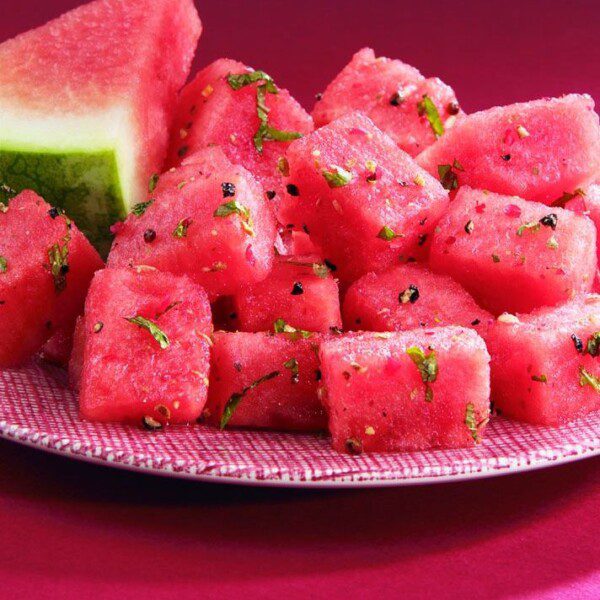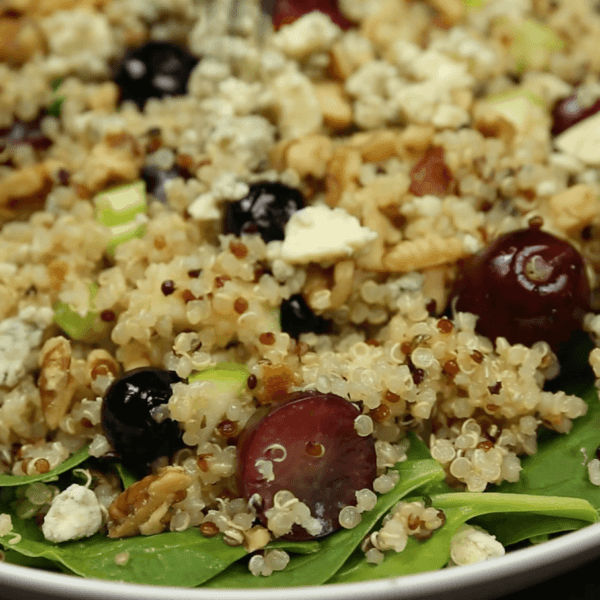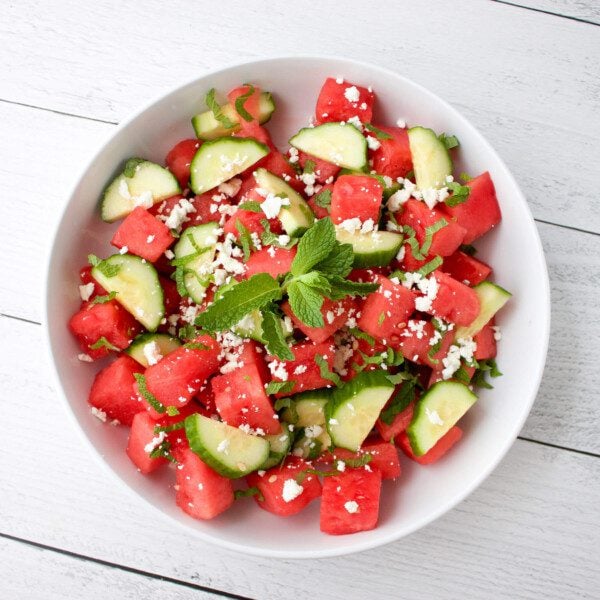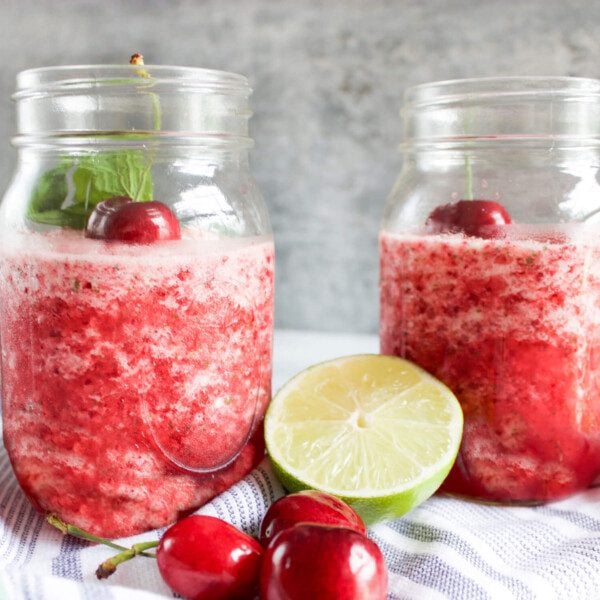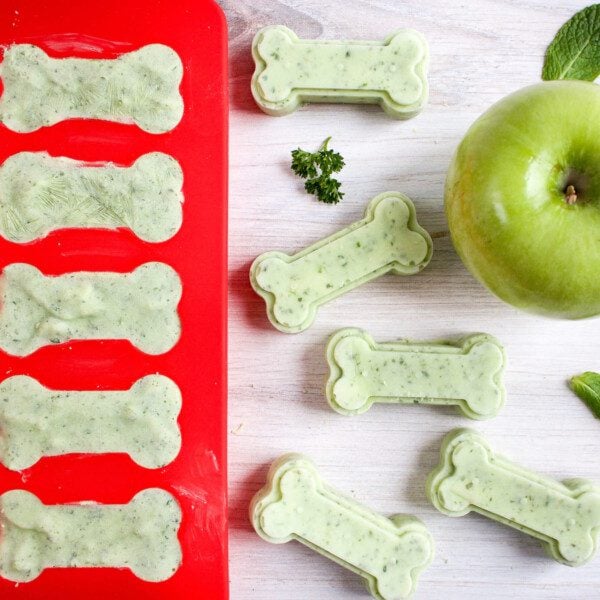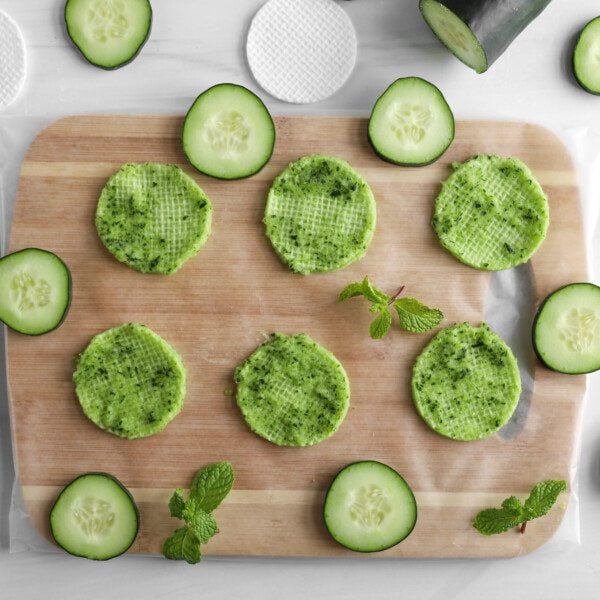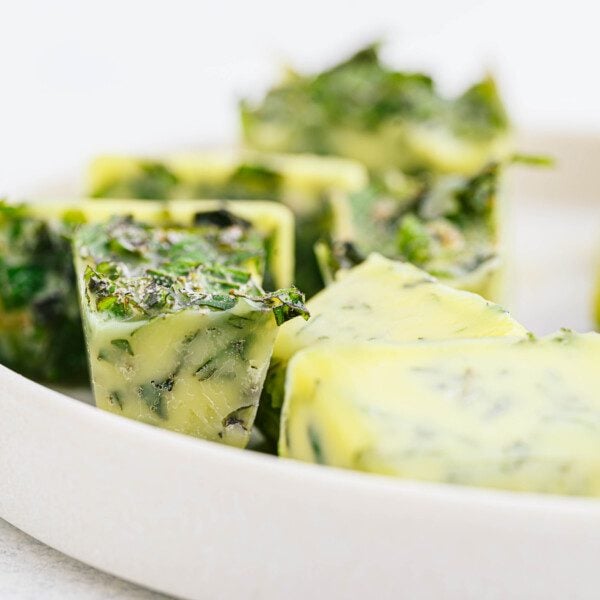
How to Select Mint
- Select fresh-looking mint with even-colored green leaves.
- Select mint that gives off a minty aroma.
- Avoid mint leaves that are wilted, shriveled, or browning.
When is Mint in Season?
Mint is in season during the summer, from late May to early September. In the summer, mint is at its peak, and the leaves are very fragrant and flavorful. Mint is a popular herb to add to savory dishes and drinks. Mint is a favorite herb to add to herbal teas. So, if you’re a fan of this refreshing herb, be sure to get some this summer.
Varieties of Mint
There are over 600 varieties of mint worldwide. In the United States, mint is mostly grown in the Pacific Northwest region, specifically in Oregon and Washington. These are the most popular varieties of mint you can buy in the US:
- Spearmint: Spearmint is the most well-known type of mint, which has bright green leaves that are slightly fuzzy. Spearmint has a cool, refreshing flavor with hints of sweetness and a slightly bitter aftertaste.
- Peppermint: With its dark green leaves and purplish stems, peppermint has a more intense flavor than spearmint. It’s cooling and invigorating, with a great menthol-like taste in candy and baked goods.
- Chocolate mint: This variety of mint has deep green leaves with reddish-purple stems. Its flavor is reminiscent of both mint and chocolate. It’s great for desserts and beverages.
- Pineapple mint: This type of mint has a fruity flavor that’s similar to pineapple. Its leaves are light green with white veins, and it adds a sweet, tropical twist to your drink or dish.
- Lemon mint: Lemon mint has bright green leaves and a lemony aroma. This mint variety has a tangy, citrusy flavor that’s perfect for fruit salads and lemonade.
Mint Nutrition Facts & Benefits
Here are the nutritional facts for a fourth cup serving of mint:
- Approx 2 calories
- 0.0 grams of fat
- 0.1 gram of protein
- 0.4 grams of carbohydrates
- 0.0grams of natural sugar
- 0.2 grams of fiber
Here are proven ways that mint can benefit your health:
- Peppermint oil contains menthol that is proven to relieve IBS symptoms by relaxing the muscles in the digestive tract.
- Peppermint also helps improve digestion, allowing food to pass through your digestion faster.
- And interestingly enough, smelling mint for five minutes can improve brain function and memory.
How to Store Mint
How To Store Fresh Mint Leaves: Layer unwashed mint leaves in a single layer on a barely damp paper towel and roll loosely. Place the rolled paper towel in a plastic bag. Store in the refrigerator for up to a week.
How To Store Fresh Mint Stalks: If your mint still has intact stalks, you may treat it as a flower bouquet. Trim the stems and place the mint in a jar with a small amount of water. Store on the counter, uncovered, for several days. Replenish the water each day as needed.
How To Freeze Mint: Place dry mint leaves in a freezer bag, remove as much air as possible, and freeze. Or, place roughly chopped mint in ice cube trays and fill with water. Once cubes are frozen through, remove them from the tray and place them in a freezer bag. Remove as much air as possible and store the bag of mint cubes in the freezer.
How to Prepare Mint
Mint is a great herb for medicinal use and as an accent in cooking. Here are four of the best ways to prepare mint:
- Muddled: Muddling is crushing mint leaves in a glass to release their oils and flavor. This technique is commonly used for making drinks or adding minty freshness to salads and marinades.
- Infused: Infusing mint in a liquid like water, vinegar, or oil is a great way to add flavor to various dishes. Steep mint leaves in liquid for a period of time to allow the flavor to infuse.
- Chopped: Chop mint leaves finely to distribute their flavor evenly throughout a dish. This technique is great for adding mint to salads, salsas, and dips.
- Dried: Drying mint leaves allows you to use them in a concentrated form later. Dried mint goes well in tea blends, spice rubs, and marinades.
